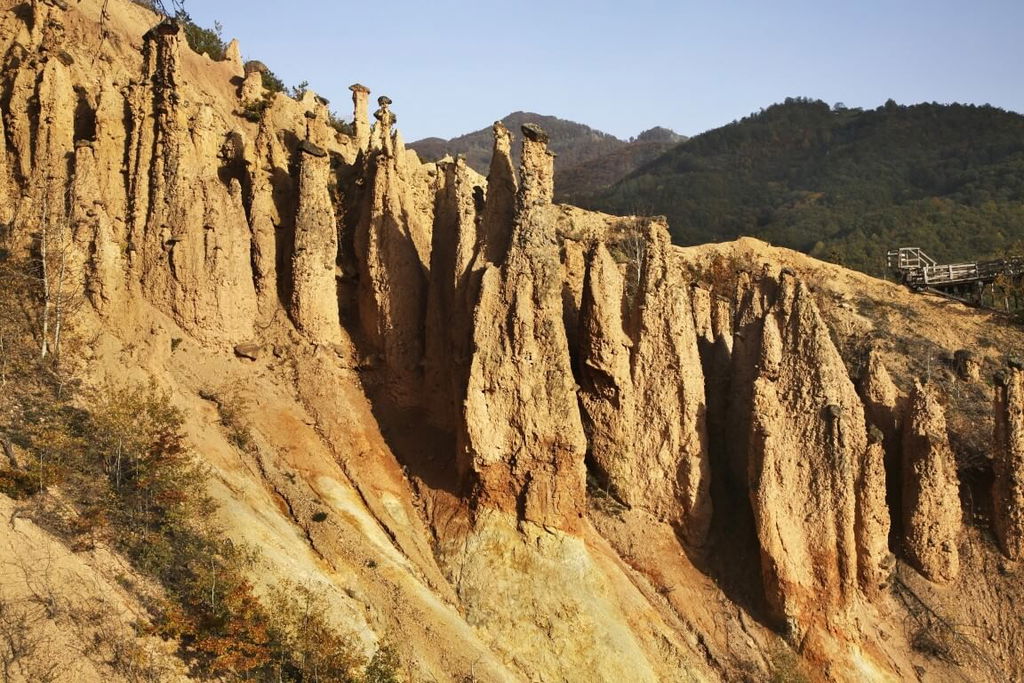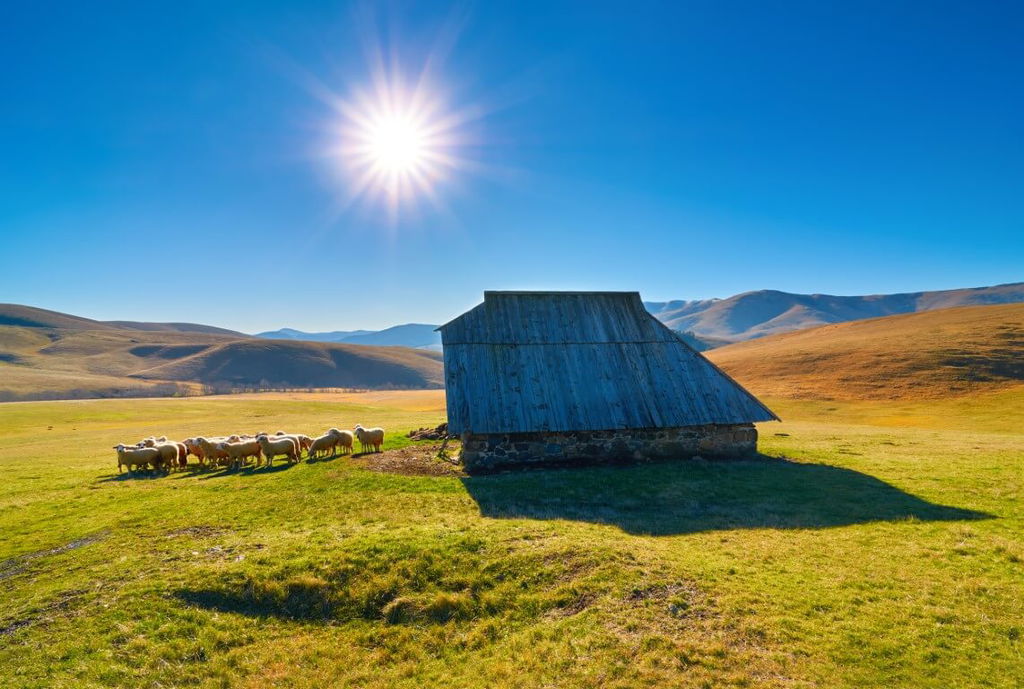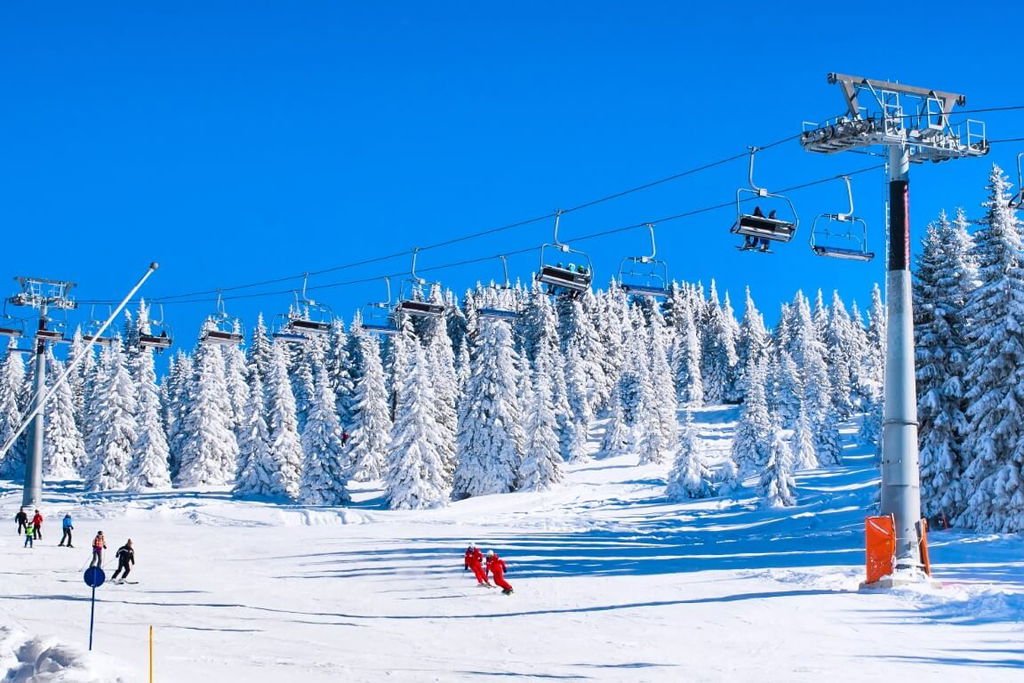Serbia
Serbia is a country of contrast. Its capital, Belgrade, is one of the most cosmopolitan in Europe and has the most exclusive locations for residence in the whole region, while at the same time the Serbian village has remained traditional and intact as it was for hundreds of years. A chaos that follows some internal order. You easily fall in love at first sight in a country you cannot quickly learn.
Serbia lies in the heart of the Balkan and has a distinctive continental climate with hot, dry summers and sharp winters. More than a quarter of the country’s population of seven million live in Belgrade, while the major cities are Novi Sad and Niš. The cities are characterized by exceptional nightlife, divine cuisine and rich culture, as Serbia lies at the intersection of the east and west.
The highway and regional roads network is one of the best in the region, whereas smaller, local roads can be very poor. International air connections are very good, rail and bus infrastructure are extensive and well connected with other European countries. Kindergartens are prevalent primarily in cities, and schools are state and private, private primarily in Belgrade. Health is state-owned and somewhat is worse than in neighboring, western countries.
The country is full of hidden natural and cultural jewels that need to be explored. The most beautiful of all is definitely characteristic Serbian hospitality - rarely where in Europe complete strangers will welcome you so warmly and intimately as here and rarely where you will find friends for life so quickly as in Serbia.
Belgrade
Belgrade, a city at the confluence of the Sava and Danube, is the largest in the region and one of the most interesting in Southeast Europe. People adore it because of its rich architecture, culture and nightlife, primarily because of the joie de vivre, which pervades the city and its inhabitants. It is lively in Knez Mihailova Street, Skadarlija and the Republic Square, whereas the district of Savamala, which has been neglected for a long time, was the center of modern culture and young entrepreneurship. There is a vast majority of good bars and restaurants, and the best night parties take place in floating river clubs. No matter how you spend your day, Kalemegdan, an ancient fortress that has been under siege for more than hundred times, has now been transformed into a vast city park and offers peace and tranquility.

Novi Sad
From the magnificent Petrovaradin fortress on the right bank of the Danube, which is one of the largest in Europe, and the old town core on the other side of the river, to the lively pulse of the city that is best felt in Dunavska Street, where there are many shops, bars and cafes - Novi Sad really provides a lot. In the vicinity, so close to where we can even go by bike, there is a monastery on Fruška Gora and numerous tourist estates - farmhouses where you can enjoy home-made food and drink, and a little further away is the Dunđerski Castle, the famous Austro-Hungarian manor. In the summer, Štrand comes to life, one of the most beautiful beaches on the Danube, and the whole city pulsates in the rhythm of numerous street festivals and other events, of which, of course, the music festival Exit stands out, which has brought the name of the city into the world.

Niš
The birthplace of the Roman Emperor Constantine the Great - Niš - is the cultural heart of southern Serbia. It is proud of its exceptional historical heritage and excellent museums that attract a multitude of tourists, as well as the stunning natural beauties and nearby, world-famous Niška banja. In the last decade, the city has been significantly modernized, whereas at the same time it has preserved the rich history. It offers numerous new quality hotels and a wide range of culinary options. Summers are marked by numerous cultural events, among which the world famous jazz festival Nišville stands out. This is, above all, a city in which a person feels welcome - a warm, hospitable and dynamic place.
[@image:1:m]
Đavolja varoš
At only 90 kilometers southwest of Niš, nature has created one of its most amazing creations, the Đavolja varoš or the Devil’s Town. Although there are several other similar places in the Alps and the United States, Đavolja varoš is the largest and certainly the most famous natural monument, at least in Europe. It consists of 202 stone figures, up to 15 meters tall, created by rain and wind. The locals believed that the stone towers were devils who were fighting for domination, and they also called this place Đavolja varoš because the wind between the figures created strange murmuring, screaming, sighing and creaking. In Đavolja varoš there are two mineral springs, both with very acidic and mineral-rich water considered to have healing properties, although scientists claim that it has not been sufficiently explored. The mysterious region is also proposed for enrollment on the UNESCO World Heritage List.

Zlatibor
The hilly east of Serbia is ruled by the Zlatibor mountain, winter and summer tourist center, where an independent settlement developed from the group of weekend cottages. In winter, it offers skiing, boarding and skating on two artificial lakes, whereas in summer it offers swimming and sunbathing by the lake and numerous opportunities for walking and hiking to the two highest peaks - Tornik and Čigota - reaching just over 1400 meters above sea level. The ethno village Sirogojno is nearby, where you can see traditional log cabins, the Gostilje waterfall, famous for its beauty and for Zlatibor water, the Stopića Cave with naturally shaped bathtubs and a waterfall, called the Source of life, and the famous canyon of the Uvac river, where, in the intact wilderness, reigns a griffon vulture.

Kopaonik
Kopaonik is a mountain in southern Serbia, on the border with Kosovo, with the highest peak of 2017 meters above sea level. It was once famous for rich deposits of ore, gold and silver, and was therefore called the Silver Mountain, whereas now it is the largest winter center in Serbia and the wider region. It has 200 sunny days and 160 days of snow annually, 55 kilometers of alpine ski trails and 12 kilometers of racing tracks, and you can also decide on a zip line, a bob, turbo or motor sled ride. In the summer, Kopaonik is visited by mountaineers and nature lovers, while the most beautiful area is Suvo Rudište, which is protected as a national park. When the weather is nice, the view even extends to Montenegro, Bulgaria and Albania.

